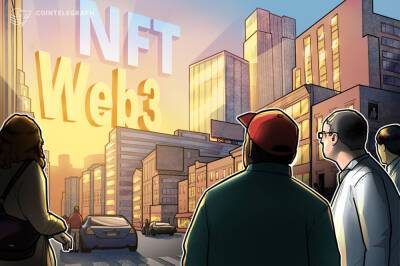Why Interoperability is Key for Web3
Disclaimer: The text below is an advertorial article that was not written by Cryptonews.com journalists.
Tech innovation across 2022 continues to revolve around Web3, the much-discussed evolution of the World Wide Web.
Decentralization is how Web3 differs from previous Internet iterations and one of the key reasons this dynamic ecosystem continues to mature.
In the Web 2.0 era, computers rely on HTTP stored in a fixed location to find information. With Web3, information can be stored in a variety of places, eliminating the need for massive centralized databases. As a result, Web3 applications run on trusteless and permissioness decentralized peer-to-peer networks.
These unique aspects make Web3 the so-called Internet of the future and the focus of massive amounts of attention from World Wide Web users, developers, and those within the crypto and blockchain spaces.
An Electric Capital report revealed Web3 developer growth had reached an all-time high in 2021. More than 34,000 new developers contributed code to projects within the space.
As of early February 2022, more than 18,000 monthly active developers were committing code to Web3 and open-source crypto projects, according to the report.
The frenzy around Web3 has attracted immense amounts of top talent to the space as projects look to innovate and propel the future of the Internet forward. For example, Web3 crypto project Helium offers a web service intending to compete with legacy giants like Verizon. Relying on blockchain technology and physical hotspots, Helium aims to allow users WiFi access, while hotspot hardware providers can earn the native HNT token.
Another project, Filecoin, has been deemed by some as a Web3 filing cabinet. The decentralized storage network
Read more on cryptonews.com


















